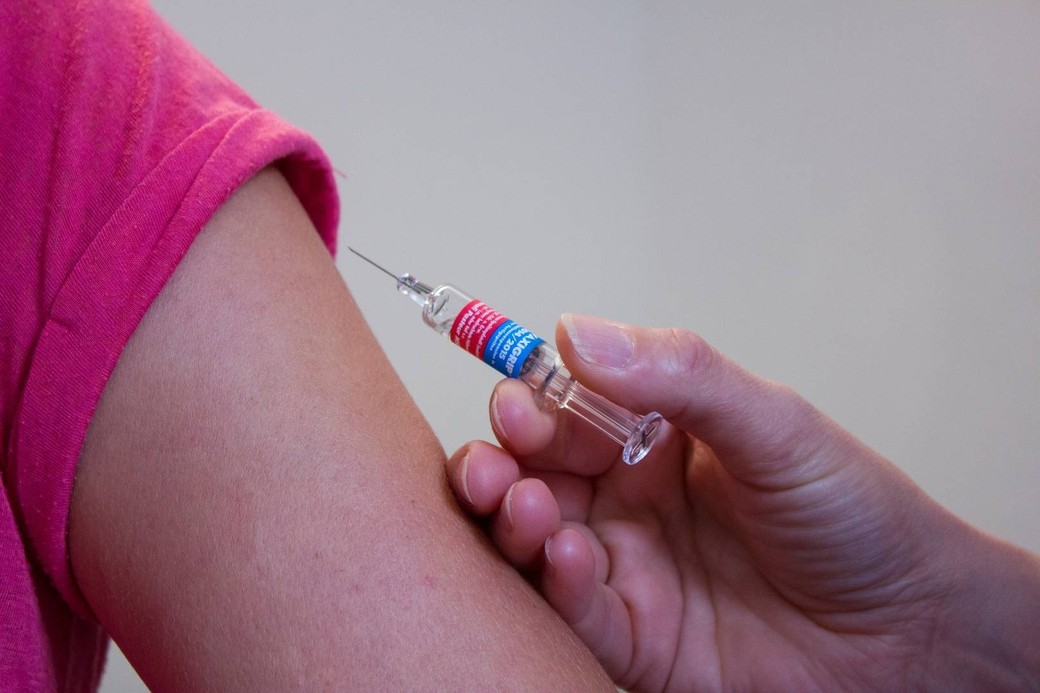
Why I Continue to Get the Flu Vaccine for Myself and My Children
By S. Michelle Driedger
It’s time again for the familiar “Get the shot, not the flu” campaign. It comes every year around this time and we are frequently reminded that it isn’t too late to get the flu vaccine if you haven’t yet taken advantage of the free campaign.
The flu vaccine is recommended by several Canadian public health agencies, such as the Public Health Agency of Canada, by health professional organizations, such as Immunize Canada and the College of Family Physicians of Canada, because it’s safe, it’s cheap and it often works.
I regularly get the flu shot and I vaccinate my children too. I know the flu vaccine doesn’t fully protect me or my family from getting the flu. It is just one of the many strategies that I use during flu season to keep us healthy like frequent hand washing, adequate rest and a balanced diet.
Vaccination decisions are a touchy subject for many people, so here’s a snapshot of recent research to consider and why I choose to continue to vaccinate myself and my family every year.
In Canada, our seasonal influenza vaccine has typically been delivered in an inactivated, or dead, trivalent form, which includes the three flu strains that scientists believe will be in highest circulation this flu season. It is known as the inactivated seasonal influenza vaccine and is most commonly administered by needle. There is now also a quadrivalent inactivated vaccine delivered by needle and protects against four flu viruses.
But what most people may be less familiar with is that Canada also offers a nasal mist vaccine that contains a live attenuated set of the strains of viruses believed to be circulating this flu season. “Live attenuated” viruses are a weakened form of a live virus. Even though the virus is live, it doesn’t give you the flu because of its weakened state.
Until recently, the United States Centres for Disease Control used to preferentially recommend the use of the live attenuated nasal mist vaccine for children aged two to eight because there was evidence that it produced a better immune response than a needle based shot. However, this live attenuated vaccine is no longer recommended for use for the 2016-2017 flu season for anyone in the American population. Instead, the recommendation in the U.S. is for the needle-based inactivated vaccines (in either the trivalent or quadrivalent forms).
By contrast, the National Advisory Committee on Immunization, the body that provides medical, scientific and public health advice about vaccines to the Public Health Agency of Canada, has a different recommendation. Canada used to preferentially recommend the live attenuated nasal mist vaccine for children too. But now, it is just one option among others. The nasal mist vaccine is no longer recommended for preferential use but is offered alongside the different needle options. Parents are generally given a choice so they can select whatever option they think their kids might prefer.
Why are the policies different?
The U.S. made their decision on the basis of reviewing the evidence of how well the nasal mist vaccine did in the 2013-2014 and 2014-2015 flu seasons. They did not see any evidence that it was more effective against preventing the flu than a needle based vaccine, and they found evidence that it was less protective for people who got the nasal mist vaccine than for those who got the needle based vaccine.
Canada also reviewed the evidence but did not see the same patterns for its population. Continued surveillance every year helps ensure both countries offer vaccines backed by the best evidence possible.
There’s something else to consider this year.
One new study suggests that “serial vaccinators” – that is, people who get the flu vaccine every year – may be at greater risk of getting mutated strains of the flu in the future. Because this is only a preliminary finding based on a single study, the recommendation in Canada from our public health agencies is that the flu vaccine is still a good idea.
So, what’s a parent to do? Well, that is a personal choice.
We all know that the flu shot offers only partial protection at best, and in some years (like last year), the vaccine didn’t perform well. But it does still work.
So after worrying, reading the recommendations of our public health bodies, comparing different reputable medical websites, talking to people who study this stuff and then combining all that together – I return to square one: the flu shot is not perfect, but it is still worthwhile.
Both my kids and I were immunized against seasonal flu again this year.
 Michelle Driedger is an expert advisor with EvidenceNetwork.ca and Professor and Canada Research Chair in Environment and Health Risk Communication in the Department of Community Health Sciences, in the Max Rady College of Medicine at the Rady Faculty of Health Sciences, University of Manitoba.
Michelle Driedger is an expert advisor with EvidenceNetwork.ca and Professor and Canada Research Chair in Environment and Health Risk Communication in the Department of Community Health Sciences, in the Max Rady College of Medicine at the Rady Faculty of Health Sciences, University of Manitoba.








